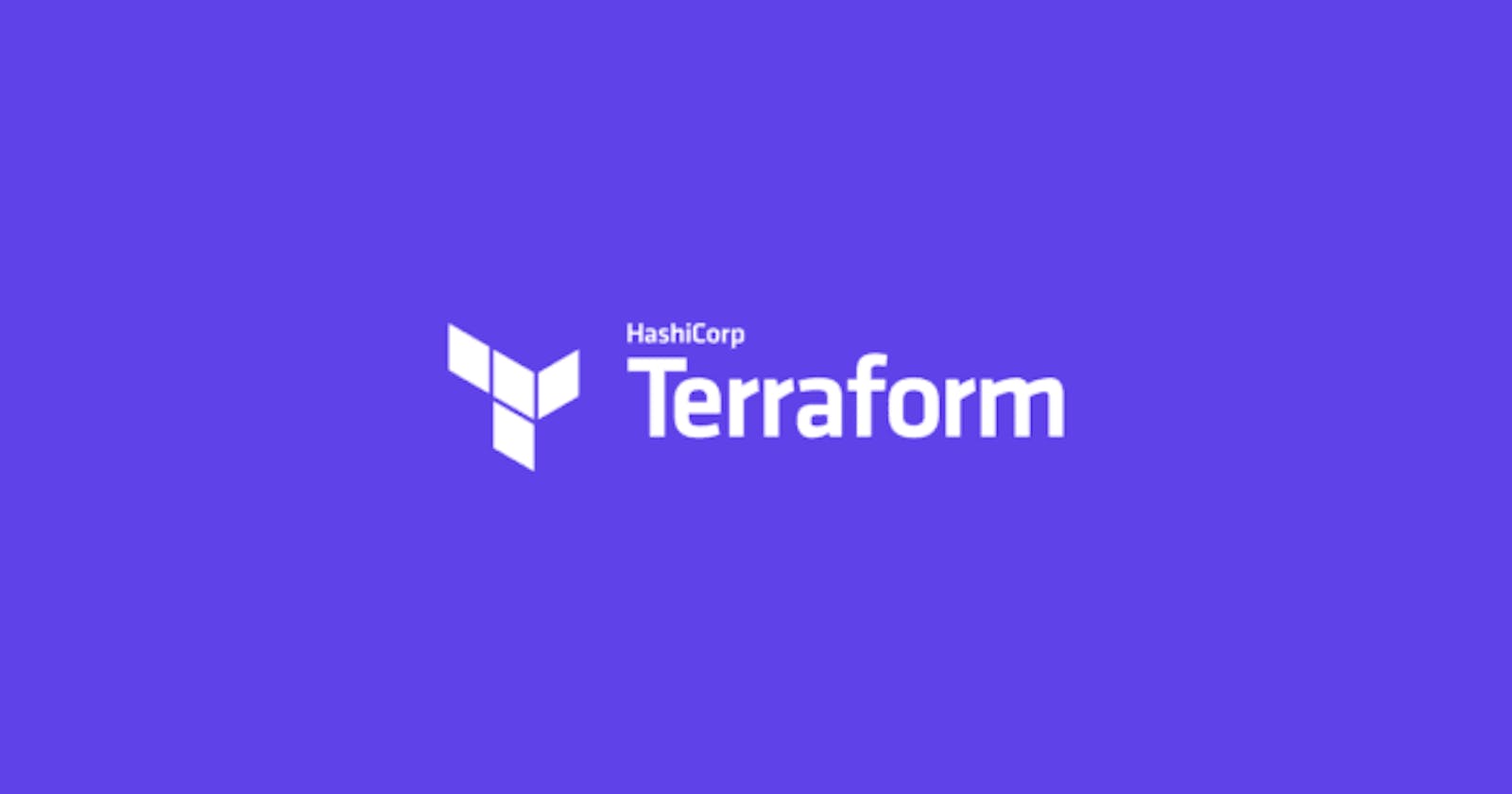Mastering Terraform: Essential Commands and Competitors Unveiled! 🔥🚀
Day 61 : #90DaysOfDevOps Challange
Day 61- Terraform🔥
Welcome back! If you've been following along, we're diving deeper into the world of Terraform. Today, we'll be focusing on some basic Terraform commands that you'll find yourself using frequently. Let's get started!
Task 1: Understanding the Purpose of Basic Terraform Commands
terraform init👩🏫
This command initializes a new or existing Terraform configuration. It sets up the working directory and downloads the necessary provider plugins and modules. Think of it as a way to prepare your Terraform environment.
terraform init -upgrade🔃
The -upgrade flag in the terraform init command checks for newer versions of the provider plugins and upgrades them if available. This ensures that you're using the latest features and bug fixes provided by the plugin developers.
terraform plan📝
The terraform plan command creates an execution plan, highlighting the changes that Terraform will make to your infrastructure. It shows you what resources will be created, modified, or destroyed. This step is crucial to review and validate your changes before actually applying them.
terraform apply✅
Once you're satisfied with the execution plan and ready to proceed, you can use the terraform apply command to apply your changes and create/update the specified resources. This command is where the magic happens and your infrastructure starts taking shape.
terraform validate✅❗
With the terraform validate command, you can check your Terraform configuration files for syntax errors and other issues. It ensures that your configuration is valid and ready to be used. This command is handy when you want to catch any mistakes or inconsistencies early on.
terraform fmt✨
The terraform fmt command is like a stylist for your Terraform code. It automatically formats your configuration files to follow a consistent style guide. This makes your code more readable and maintainable. So, if your code is looking messy, give it a quick makeover with this command.
terraform destroy❌💥
When it's time to say goodbye to your infrastructure, the terraform destroy command comes to the rescue. It tears down all the resources created by Terraform, ensuring that your infrastructure is completely removed. Remember to use this command with caution, as it's irreversible!
Now that we've covered these essential Terraform commands, let's briefly discuss Terraform's main competitors:
Ansible 🤝: Ansible is an open-source automation tool that focuses on configuration management and orchestration. While it has overlapping features with Terraform, Ansible primarily excels in managing software deployments and server configurations.
Packer 📦: Packer is a tool for creating machine images across multiple platforms. It helps you build identical machine images for different environments, making it easier to deploy your applications consistently. Packer and Terraform can be used together to create a powerful infrastructure provisioning pipeline.
Cloud Foundry ☁️: Cloud Foundry is an open-source platform-as-a-service (PaaS) that provides a runtime environment for deploying and managing applications. It offers features like scaling, load balancing, and service discovery, which can complement the infrastructure provisioning capabilities of Terraform.
Kubernetes 🚢: Kubernetes is a container orchestration platform that automates the deployment, scaling, and management of containerized applications. While Terraform can be used to provision Kubernetes clusters, Kubernetes itself focuses more on application management and container orchestration.
That's it for today! We've explored some essential Terraform commands and learned about its main competitors. Stay tuned for more exciting adventures with Terraform on Day 62! 🔍🚀
